By Narges Pirhayati
During my fieldwork with cosmetic surgeons in Tehran/Iran, I realized that my appearance was not a peripheral matter. On the contrary, it became a critical part of my fieldwork toolkit —something I had to carefully manage to gain access to the highly exclusive and sensitive world of cosmetic surgery.
These surgeons hold significant social power, especially those who are publicly known, and more so if they perform procedures on celebrities and influencers in Iran and abroad. From the outset, I knew speaking with them would not be easy. Even booking a standard consultation for cosmetic advice could take months, let alone requesting an academic interview.
This field is under heavy public and media scrutiny. Many surgeons have grown suspicious of researchers and reporters, assuming they bring a critical or judgmental lens. So, I knew that, first and foremost, I had to build trust.
So, appearance had to be carefully managed. I needed to look like someone who values aesthetic self-management while still projecting professionalism, intellectual depth, and composure. I stood at the crossroads of conflicting expectations and values.
Many surgeons were willing to speak with me because they saw me as an educated woman from a developed country working at a prestigious university (KU Leuven). That status gave them a sense of validation. Some even recorded parts of our interview and posted them on Instagram. One proudly told her clients: “This PhD student from KU Leuven came to interview me!” At the same time, I had to make sure I didn’t seem to be challenging dominant beauty norms or arriving with a critical feminist gaze. My appearance needed to reassure them that I was both respectable and relatable.
So I chose to wear a colorful, moderately expensive pantsuit and applied contemporary, tasteful makeup, not too heavy or light. I aimed to balance intellectual credibility, femininity, upper-middle-class status, and trustworthiness. This was one of the most complex parts of every interview — an ongoing negotiation between values that often conflicted. For example, the pantsuit seemed appropriate but had to be neither too tight, risking a provocative look, nor loose, which might appear sloppy and unrefined.
Even small details became complicated decisions. I wasn’t sure whether wearing my Apple Watch was a good idea — it signaled a certain level of economic privilege. Still, it could clash with the notion of academic humility, especially within the Iranian context. The pantsuit gave me status but could come across as too masculine or serious, so I complemented it with a patterned blouse, a shiny necklace, and bright colors to soften the look and make it more feminine.
My face is often described in Iran as “authentically Iranian,” which is seen as a positive trait among some groups of the general public. However, to some surgeons—especially highly styled female doctors—it could signal traditionalism, criticism, or distance from modern beauty culture. One well-known female surgeon, whose appearance was carefully curated, bluntly and with sarcasm, told me: “Being a scientist or a feminist doesn’t mean you have to look outdated and dull. I can’t stand those kinds of women. I’m serious about science, but I always want to present the best version of myself.”
I chose to wear colorful headscarves, styled my hair neatly, and had my eyebrows professionally shaped. Some friends even suggested getting “natural-looking, professional” acrylic nails. Still, from experience, I knew I couldn’t write or type comfortably with them, so I went with neutral nail polish instead.
All of these aesthetic decisions had to be made within the limitations of Iran’s mandatory hijab. Options were restricted. I had to choose between a formal pantsuit, which required a coordinated headscarf, or a long skirt, which made me appear less professional. Blouses had to be long-sleeved, ruling out any open-neck cuts. I also received comments about my weight, which meant I had to select colors and silhouettes that would make my figure appear slimmer.

And of course, there was the issue of my nose. Since rhinoplasty was a major theme in my research, and I had never undergone surgery on my nose, my unaltered nose was sometimes read as a sign of backwardness or resistance. Most of the surgeons I interviewed told me in great detail that my nose needed surgery, pointing out its flaws. This is despite the fact that until just a few years ago, my nose was considered average—or even attractive at times. One male surgeon made a derogatory comment about it, saying it had “serious issues and needed fixing.” I was truly shocked by his tone. But this also allowed me to observe how surgeons perceived and judged natural noses, and what assumptions they carried about “modernity.”
Ultimately, managing my appearance in the field was not merely about aesthetic choices. It meant navigating a dense web of ethical, aesthetic, gendered, and class-based expectations. Living at the intersection of these contradictions was one of the most demanding and illuminating parts of my fieldwork—and it is precisely this embodied tension that deepened my central question: Where, and how, does beauty reproduce inequality?
